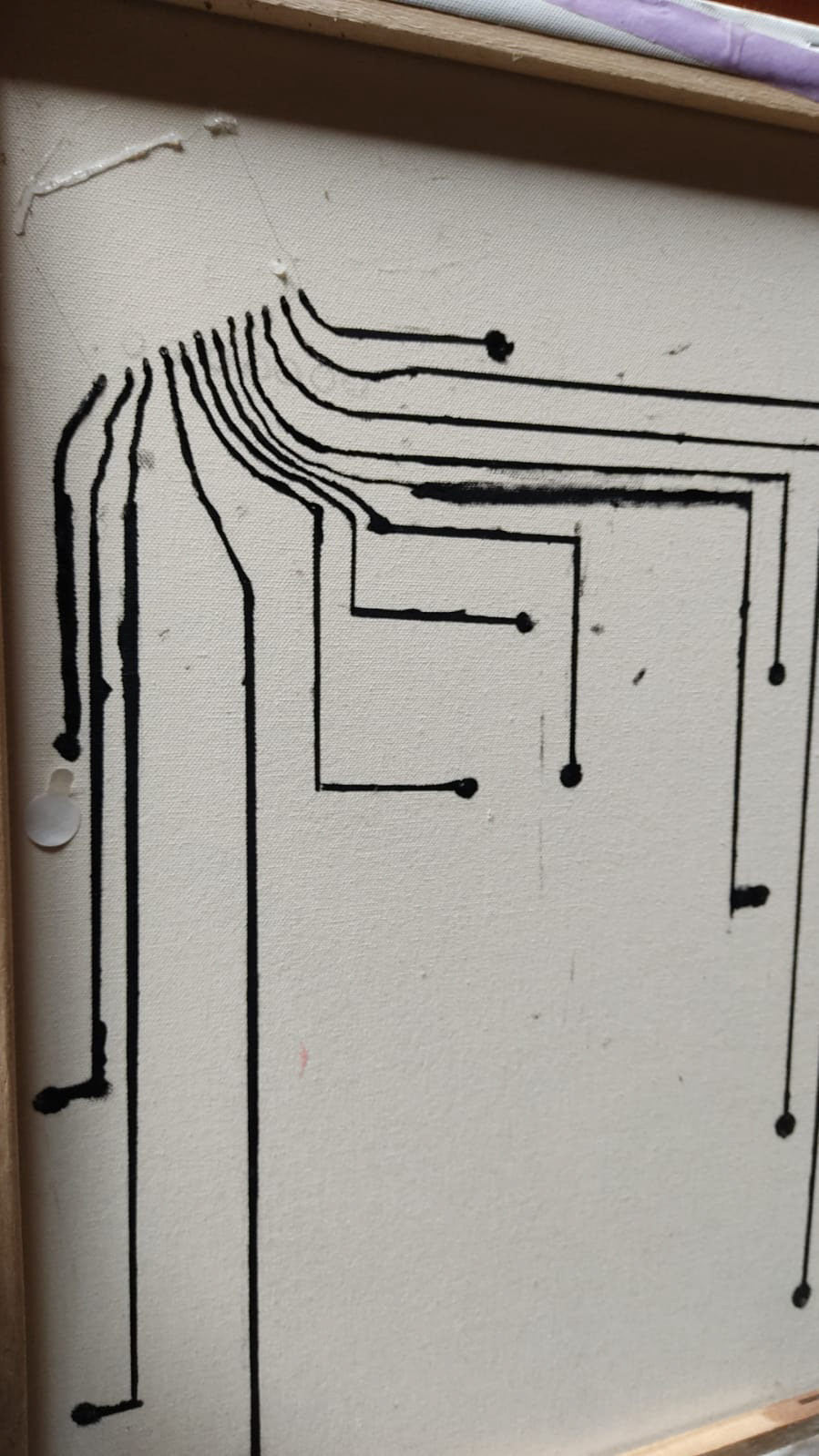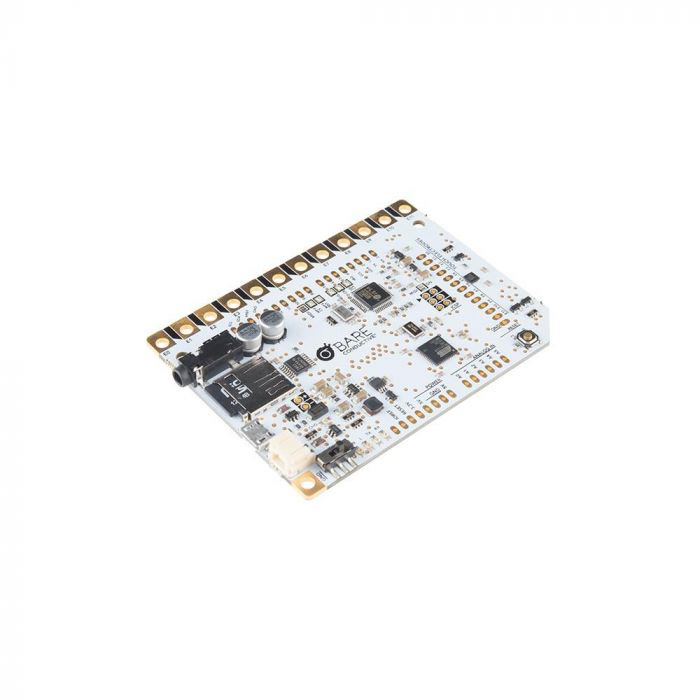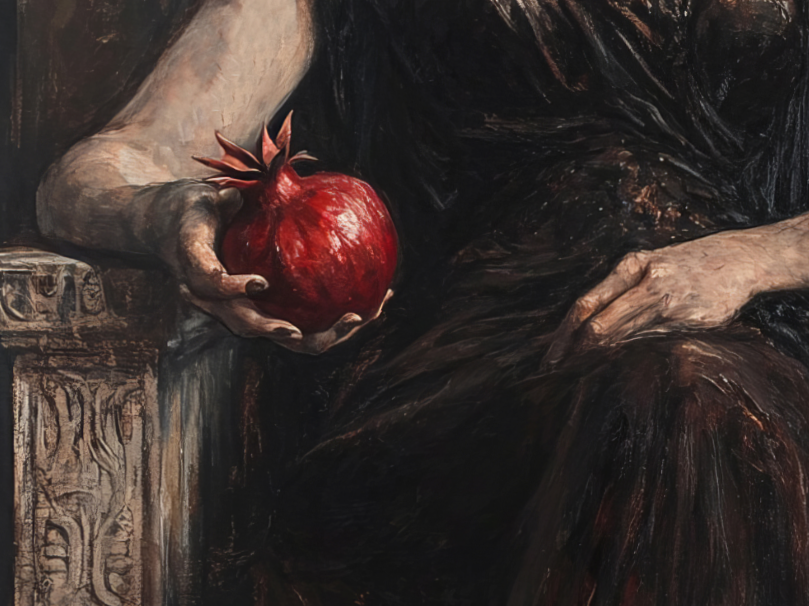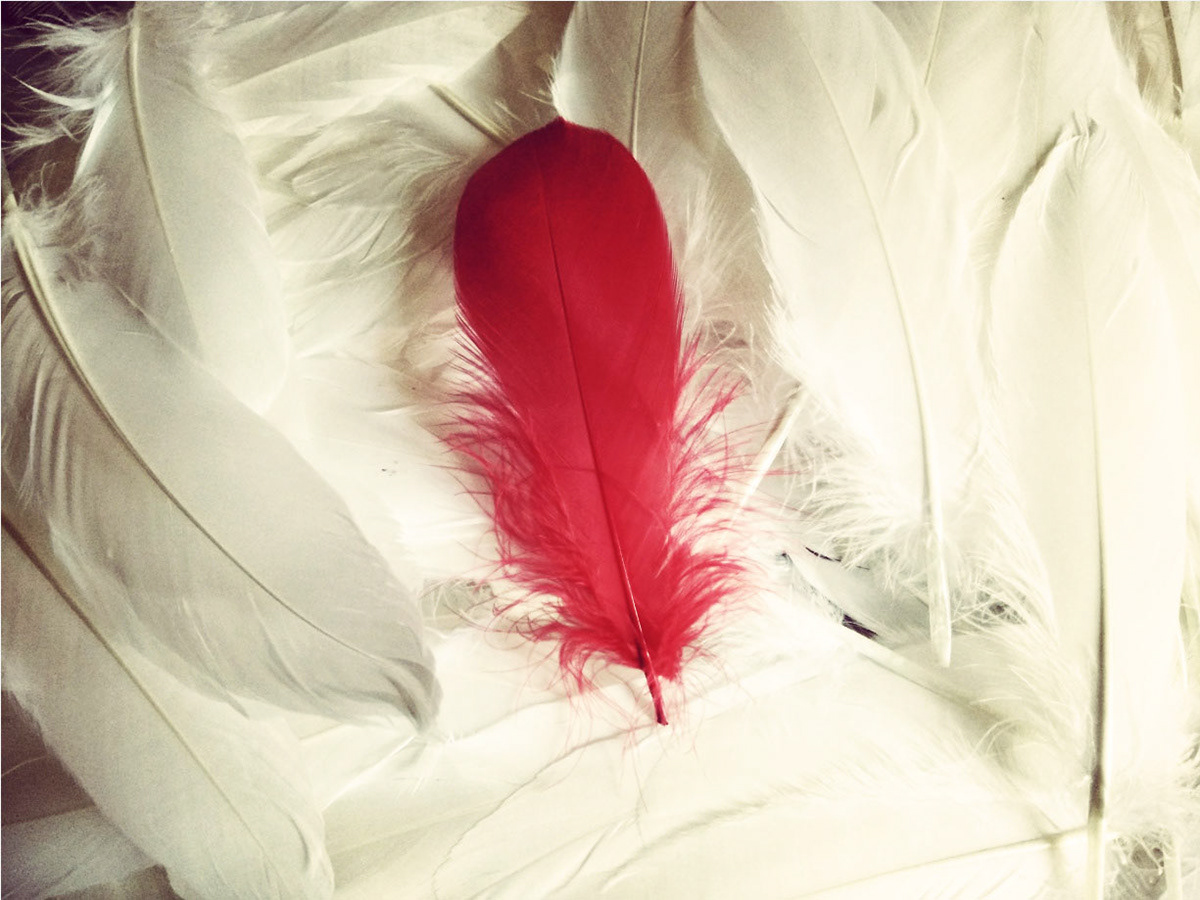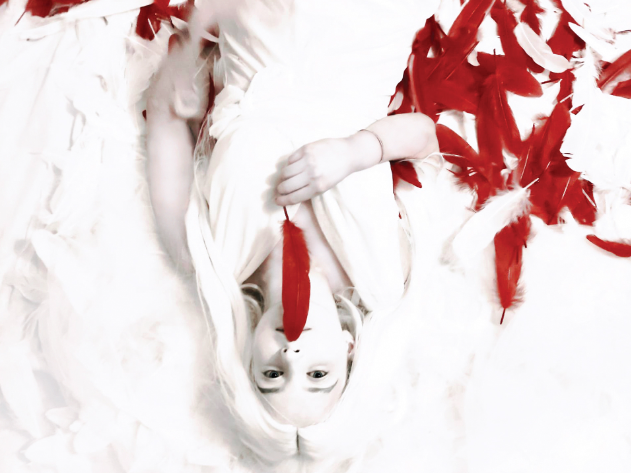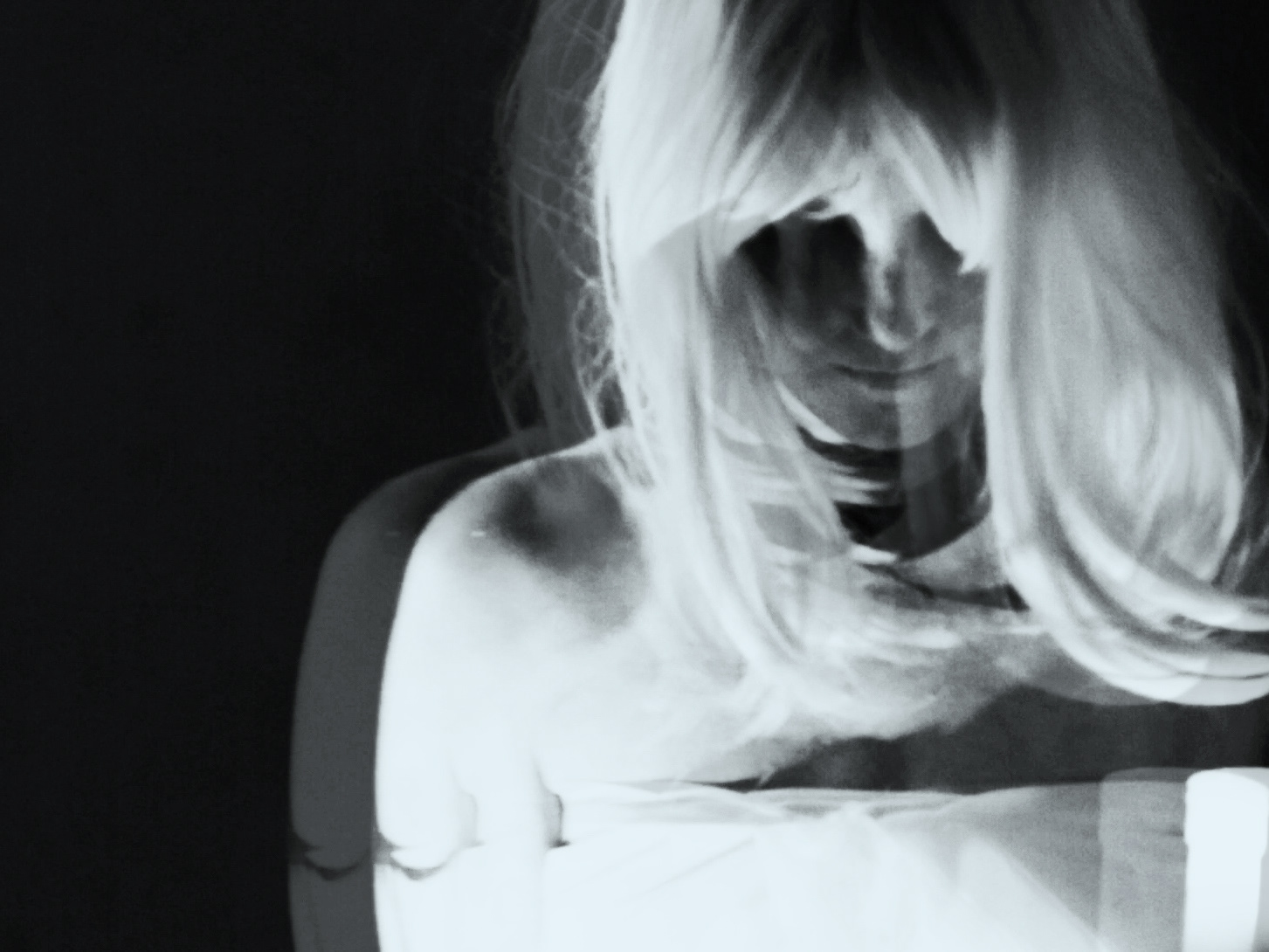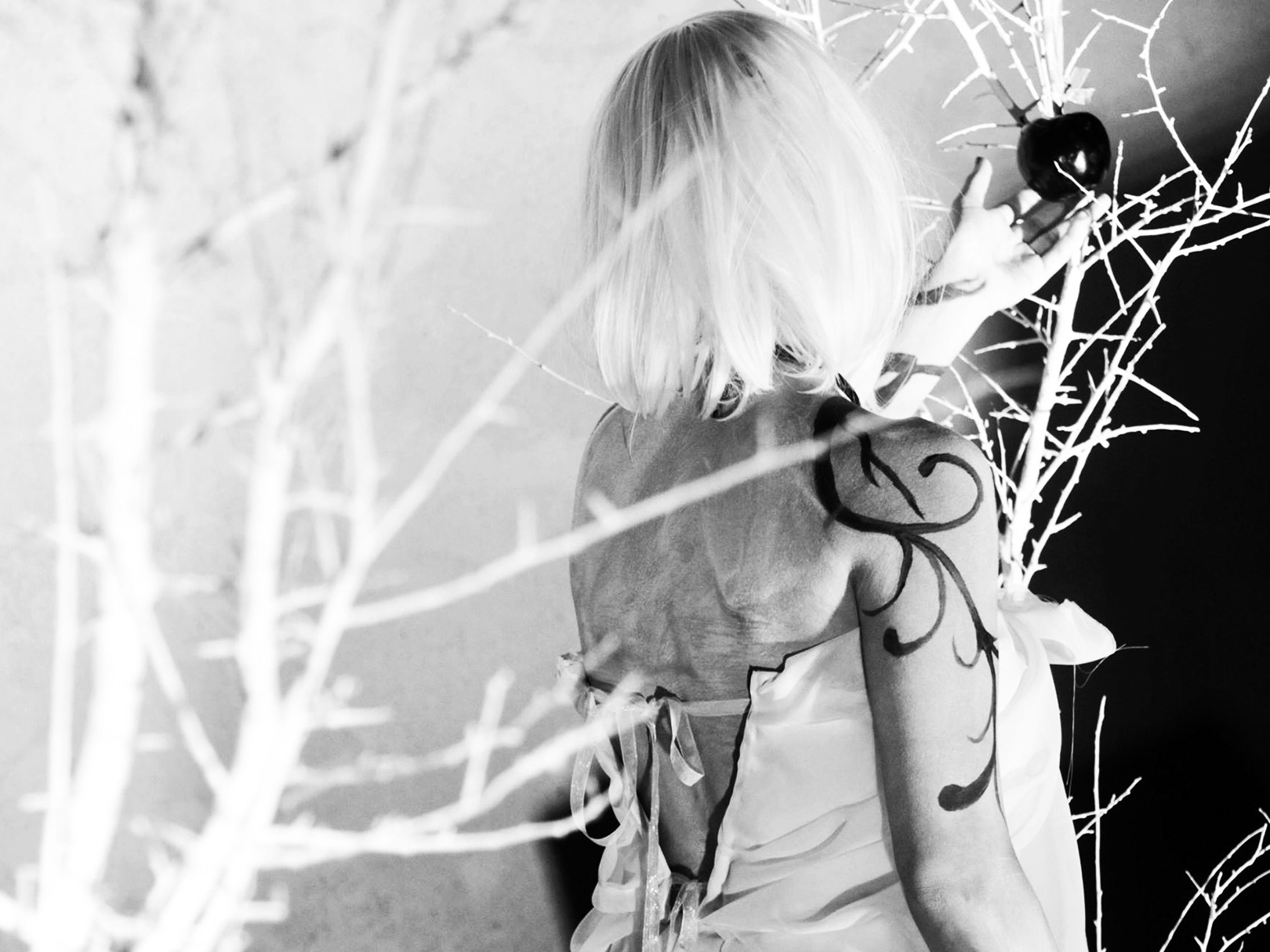A) Portfolio content:
Sorrow Of Medusa
Performance on Installation (Cagliari, 2019)
Interactive canvas (Conductive ink + Microprocessor + Max MSP)
Description of your work:
1) The authors and team members, their roles in a few words
VERONICA OPPES
Concept
Sound design
Programming on MAX/MSP
Electronic device installation
Scenography
2)What was your role more precisely
This work is inspired by the legend of Medusa from Greek mythology. I created a series of effects to process a library of field recordings that I specifically researched to represent the environments and feelings of the particular story of Medusa, in her suffering and death, recalling the beginning of her tragic story linked to the sea god Poseidon and the revenge of Athena.
The choice of this particular mode of interaction is linked to the human conception of feeling the pain of an individual/character by approaching them, literally touching them, in the combination of sound, visual and tactile perceptions.
I studied the design of the canvas and did the practical implementation, with the aim of making the conductive capacity of the ink effective.
3) In which ways you see that this work represents your production and your skills?
This work represents my interest in mythology and the human condition expressed through multiple artistic languages. I have a great interest in the application of electronic devices and programming for artistic purposes.
4) Your evaluation of the work
Sorrow Of Medusa is one of my research in its preliminary stage. In the future it will be possible to implement several media for a single installation, using different electronic devices working in stand-alone mode. I am working on the score of a composition where the canvas is like an instrument of a singer, whose voice can be treated in live electronics, in combination with her interaction with the canvas.
I created a patch on Max/Msp, using the project Maxuino to communicate with a microprocessor (touchboard) based on Arduino 1 and installed in the back of the Canvas. I selected 12 samples from a personal library of field recordings made specifically for this work that, inside a sampler on MaxMSP, each of them resides on its own buffer~ object. The choice of the sample is made by recalling the midi notes from 102 to 113, corresponding to the 12 contacts of the touchboard. The audio is sent to an effects chain. The first branch sends the audio both to the reverb in the yafr2 object, and to the flanger implemented which sends the signal directly to a delay obtained via the tapin and tapout objects. The tapout has three outputs, and their readout times are chosen by cyclic values at the output of three LFOs. The delay output goes simultaneously to the main audio output and the reverb input. The parameters of the reverb are automated through four LFOs, while the signal that we will hear at the output is the result of the mixture of dry and wet signals of the reverb according to an automation that provides that the output signal is as dry as possible the closer are the samples called from the touchboard.Vice versa, as the impulses received from the touchboard become less frequent, the resulting signal is processed more by the reverb stage.
Test
